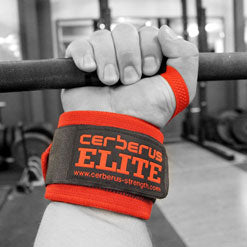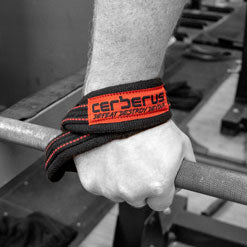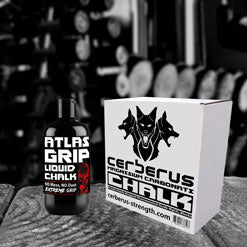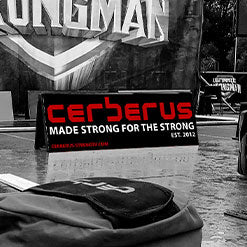
Plyometric training, often associated with explosive jumps and dynamic movements, is a powerful tool for strength athletes, including powerlifters and strongman competitors. This training method enhances explosive power, a critical component in strength sports. This article delves into the benefits of incorporating plyometric exercises into a strength training routine for athletes looking to elevate their performance.
Understanding Plyometrics and Their Role in Strength Training:
Plyometric training involves exercises that enable muscles to exert maximum force in short intervals of time, with the goal of increasing power (speed-strength). This type of training is particularly beneficial for strength athletes as it improves the rate of force development, a crucial aspect in lifts like the deadlift, squat, and various strongman events. Plyometrics also enhances neuromuscular efficiency, which can lead to better overall performance in strength sports.
Designing a Plyometric Routine for Strength Athletes:
1. Start with Lower Intensity: Begin with lower-intensity plyometric exercises, such as squat jumps or box step-ups, to acclimate your body to this form of training.
2. Progress Gradually: As your body adapts, gradually increase the intensity of the exercises. Incorporate more challenging movements like depth jumps, bounding, or explosive push-ups.
3. Focus on Form and Quality: Prioritize proper form and technique over the quantity of repetitions. Plyometric training is most effective when movements are executed with precision and control.
Benefits of Plyometrics for Powerlifters and Strongman Competitors:
- Increased Explosive Power: Plyometrics improve the ability to generate force quickly, which is essential for executing powerful lifts and movements in strength sports.
- Enhanced Muscle Coordination: These exercises enhance neuromuscular coordination, leading to more efficient movement patterns during lifting.
- Improved Athletic Performance: Regular plyometric training can lead to improvements in overall athletic ability, including speed, agility, and reaction time.
Integrating Plyometrics into Your Strength Training Schedule:
- Complementary Training: Plyometric exercises should complement, not replace, your strength training. Integrate them into your routine 1-2 times per week, preferably on days separate from your heaviest lifting sessions.
- Balancing Intensity: Ensure that your overall training program balances the high-intensity nature of plyometrics with adequate rest and recovery to prevent overtraining.
Incorporating plyometric training into a strength athlete's routine can significantly enhance explosive power and athletic performance. By starting with lower-intensity exercises and progressively increasing the challenge, strength athletes can reap the benefits of this dynamic training method. Remember, the key to successful plyometric training lies in the quality of movement and its integration into a well-rounded strength training program.
Plyometric training offers a unique opportunity for strength athletes to boost their explosive power and efficiency, contributing to improved performance in both powerlifting and strongman competitions. With careful planning and execution, plyometrics can be a game-changer in your strength training arsenal.















































